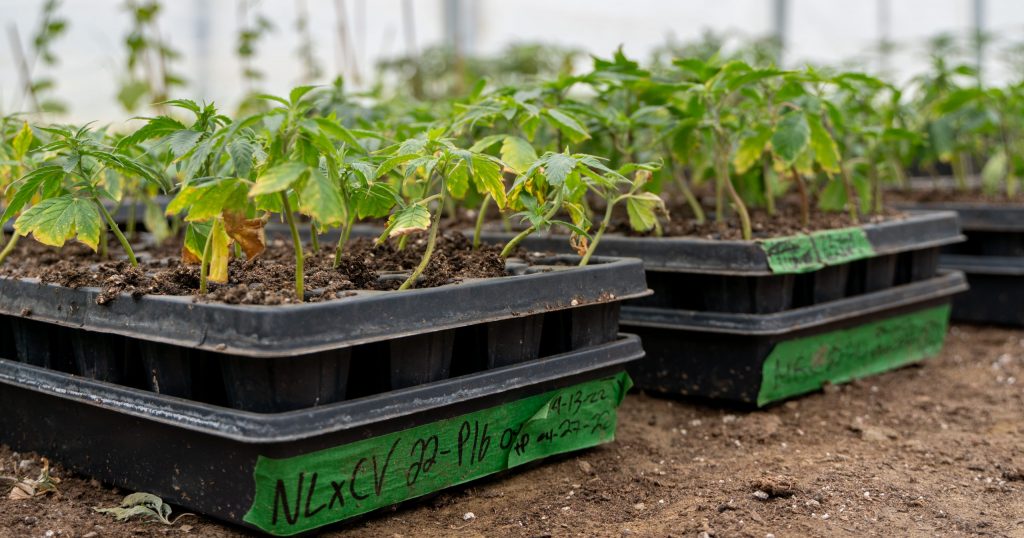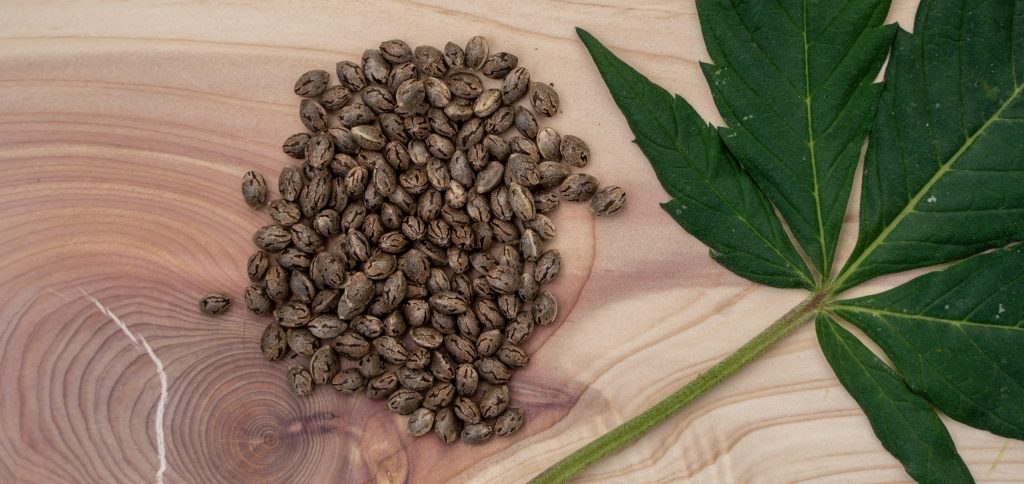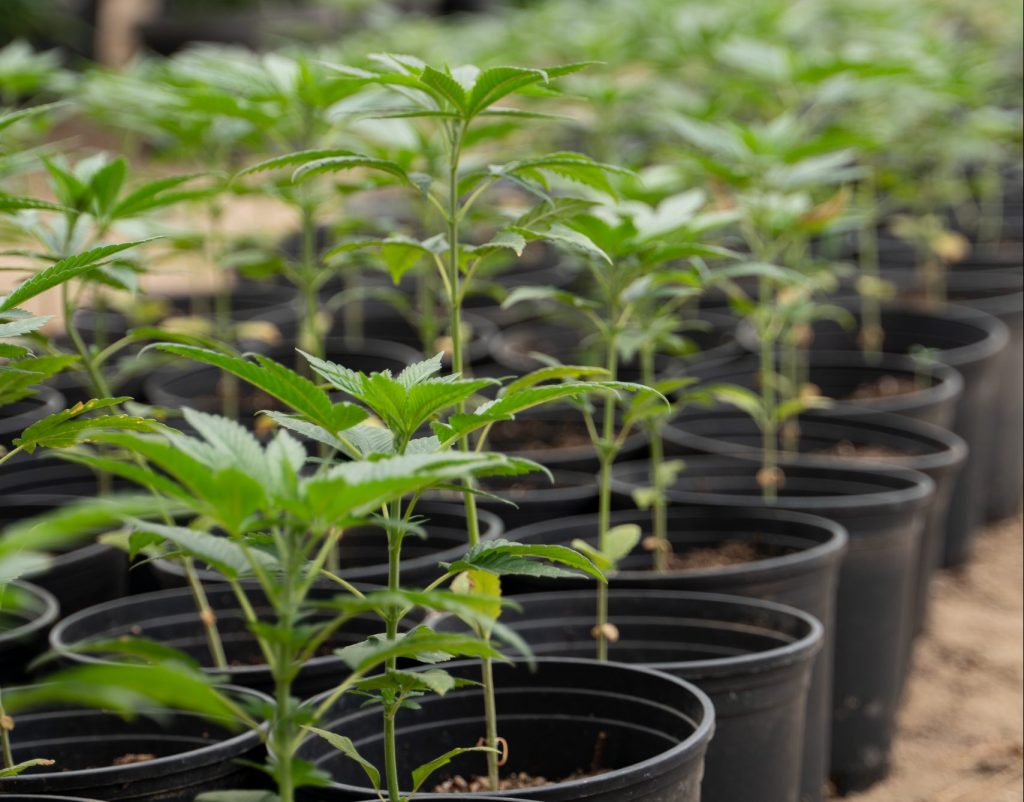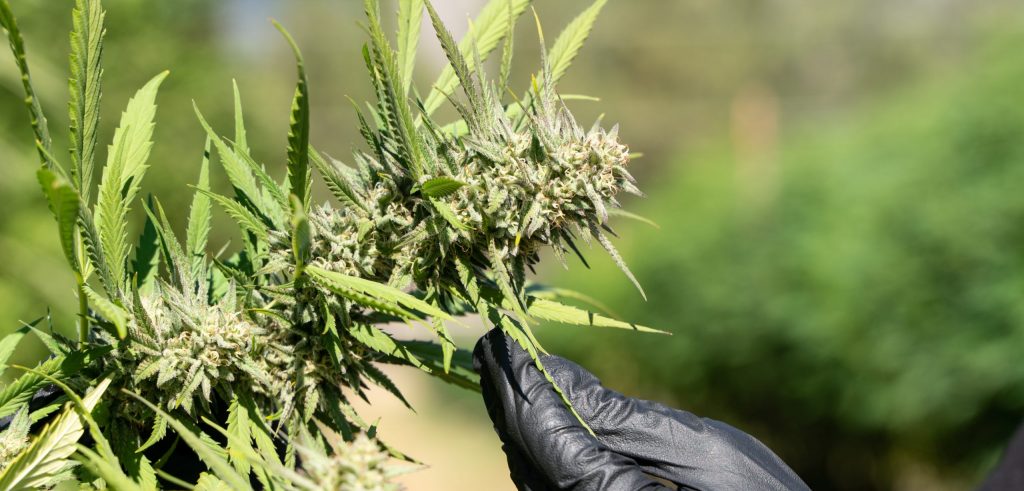Now that you’re equipped with the know-how to make calculated cannabis genetic selections following part one of our ‘Improving Bubble Hash Production Efficiency via Genetic Selection’ series, it’s time to get your hands dirty. Let’s cultivate.
Welcome to part two, where we break down the essentials of the cultivation of those genetic selections. In this blog post, we dive into the debate between seeds and clones, and highlight which traits to keep an eye on before harvest.

Whether you’re a seasoned grower or just getting started, this guide will help you get the most out of your plants and boost your production game.
Cultivating Genetic Selections: Getting Started
As you begin cultivation, it is ideal to grow multiple clones of each plant you plan to hunt.
Additionally, we also recommend having multiple backups of mothers of each phenotype. This practice offers redundancy. If an issue arises that only affects a small portion of the plants, the unaffected plants can still be used for testing.

Additionally, we advise exercising extreme caution when cloning different strains. Diligent labeling is crucial to keep track of each variety and avoid mix-ups.
Ultimately, maintaining multiple backups and ensuring diligent labeling throughout the cloning process provides the redundancy and organization needed to achieve productive results.
Cultivating Cannabis Genetics: Seeds vs. Clones
Regardless of whether you’re starting with seeds or clones, we recommend exclusively using clones as test plants for flowering. This approach increases the likelihood of achieving results that are more likely to be consistent at scale.

The reason for this is that the original seed plant may exhibit slight variations in growth and traits, due to its taproot. This can impact overall outcomes.
Evaluating Key Physical Traits to Determine Suitability for Solventless Extraction
When it comes to examining physical traits, there are different characteristics we can evaluate to determine if a cannabis plant will perform well in solventless extraction.
The first characteristic to evaluate is the density of the flower.
The ideal flower structure for solventless extraction is loose flower. A looser structure makes it easier to access the flower and remove the trichomes during extraction. Since loose flowers break down more quickly, this structure requires less time to soak and fully extract.

Ultimately, something as simple as flower structure can be the deciding factor in whether you’re able to get in an extra batch during a shift.
Other characteristics that are important to consider include traits such as growth, resilience to pests and disease, harvest times, and of course, the flavour and scent profile of the cannabis flower.
The importance and prioritization of these different traits will vary, depending on the producer and their goals.
Since a company’s product offerings play a key role in distinguishing it from competitors, strategic genetic selection is absolutely crucial for success.
Examining Resin
As the cannabis flowers get closer to full maturity, one can then begin to examine the resin.
To start, examine how the resin feels by touching the lower flowers or sugar leaves.
If they feel a little sandy and very sticky, then you likely have a good candidate for washing.
If there’s no sand-like feeling and instead the leaves are greasy and oily to the touch, the plant likely may not be suited for solventless extraction.

How to Cultivate Cannabis Genetics for Solventless Extraction
It is crucial to put a lot of care into the cultivation portion of the genetic evaluation.
Each cannabis plant may have slightly different needs. For this reason, you want to give the plant every opportunity to express its best potential, so that you can make your selection accordingly.
We typically take an iterative approach to selection. In this approach, we eliminate the plants that clearly will not fit the program. For the plants that show promise, we recommend giving 2-3 cycles of opportunity. This will truly help refine your selection and allow the grower to dial in the production of each plant.
As you refine your cultivation techniques, you’re laying the groundwork for a successful harvest. You’re ensuring that the genetics you’ve carefully selected truly shine.
In the upcoming third part of our blog series, we’ll take a deep dive into evaluating your hard work. We’ll explore both the quantitative and qualitative aspects of resin quality and yield, offering insights into the test protocols we run and how they can scale with your operation.
Ready to take your production to the next level? Stay tuned for part three as we unlock the science behind maximizing yield and quality.

